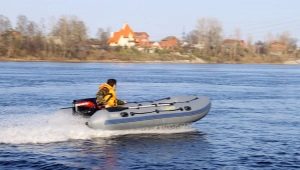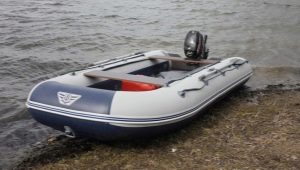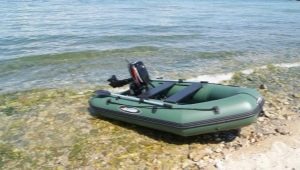Holders for fishing rods and spinning on a PVC boat: varieties and manufacture
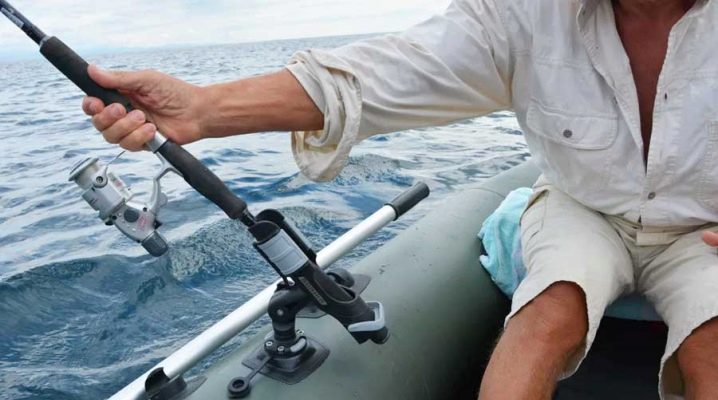
It is no secret that when fishing from a PVC inflatable boat, many fishermen have problems associated with the poor stability of this watercraft. One of the effective solutions is the manufacture or purchase and installation of holders for spinning rods and fishing rods. Given the popularity of such devices, many thematic forums and specialized sites actively discuss issues related to their varieties, design features and intricacies of self-creation.

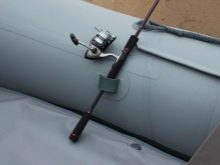

Peculiarities
Regardless of the design and materials used in the manufacture, any PVC fishing rod and spinning rod holder for a boat is a practical, durable device. Its main task is to provide the most comfortable conditions in the process of fishing. And in this case we are talking about different techniques and types of fish. These rather simple fixtures are a convenient place to place any rods on a rubber boat in the following situations:
- waiting for a bite when using bottom or float equipment;
- in the process of releasing the caught fish from the hooks;
- during the movement of the watercraft;
- when trolling;
- in the process of mooring the boat or on the approaches to the shore.
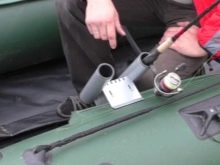

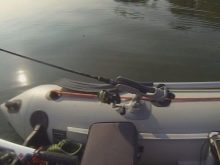
In addition to installing rods and spinning rods, holders are often successfully used to securely and conveniently fix the landing net, which will always be at hand. That is, these designs can be called universal gadgets with full confidence.
As practice and numerous reviews of experienced fishing enthusiasts show, the presence of holders allows you to maneuver without any difficulty. An equally important point is the ability to control several rods at the same time. This, in turn, directly affects the chances of a solid catch. To date, stands for fishing rods and spinning rods have become more than widespread and have proven their effectiveness. They can be purchased at specialized stores or, if you have the necessary materials and tools, make them yourself.
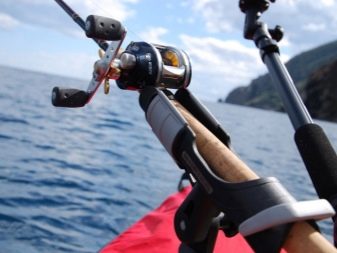
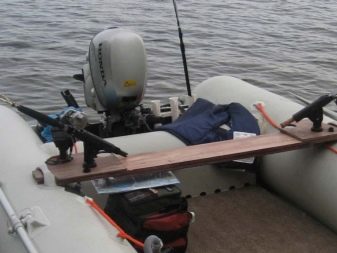
Kinds
Despite the maximum simplicity of designs, there are different types of devices under consideration. So, taking into account the installation features, 2 types of devices can be distinguished.
- Combined or whole. These models of stands are an integral part of the boat mount, which greatly simplifies installation and maximizes mobility. The disadvantages include the rather large size of the structure and the difficulty with its transportation.

- separate holders. In this case, we are talking about 2 separate components: stands and an adapter for their installation. The connection of these elements of the system is carried out directly in the boat before use.
It should be noted that installation in such situations requires a certain amount of time, but the device itself has a relatively small size.
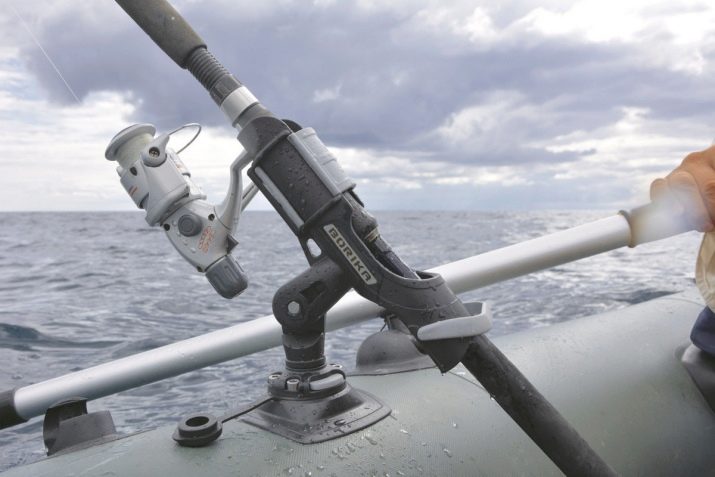
Depending on the design features, the devices are also divided into categories.
- Vertical products in the form of glasses. The rod handle is placed in these holders at an angle of 50° with respect to the vertical axis. Most often, these models are used when trolling fish.
- Horizontal structures with horns and rings. It is noteworthy that such systems are equally effective when fishing both from a boat and from the shore. At the same time, the angle of inclination of the rod can be changed in the range of 0–40°. The front of the device is equipped with a horn, and the back has rings. As long-term practice shows, we are talking about the best option for float gear and feeders.
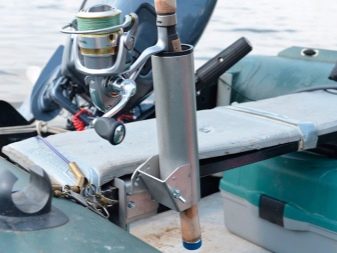
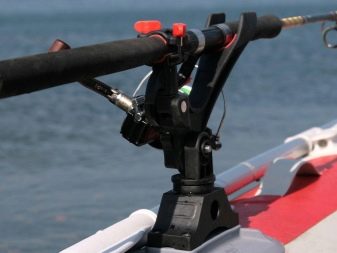
And also another type of classification is applied. This refers to the number of seats, taking into account which the holders share. They are:
- single, that is, designed to fix one fishing rod;
- double, allowing you to install and use 2 rods at once;
- targs – multi-seat universal structures.
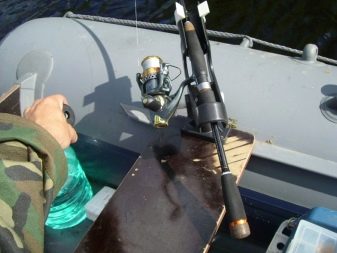
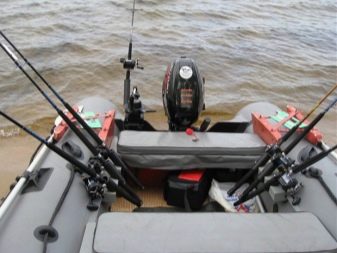
Particular attention should be paid to the latter variety. These more complex devices are a frame on which glasses are installed to securely fix the rods. Most often, such structures become an attribute of boats of trolling fans.
It is worth recalling that in this case we mean fishing from a moving motorized boat. Taking into account the peculiarities of this technique, the tackle must be qualitatively fixed.
Targs for several places are installed between the sides of the craft by surprise with fixation at one point. If we are talking about more coasters (glasses), then fasteners are carried out on both sides of the boat. That is the maximum potential load is taken into account.


How to do it yourself?
You can buy fixtures in stores or order on specialized sites. The purchase of ready-made holders of industrial production, of course, has certain advantages, since the owner of the boat acquires devices characterized by:
- practicality;
- universality;
- aesthetic appearance;
- multifunctionality;
- the presence in the delivery set of high-quality detachable fittings.
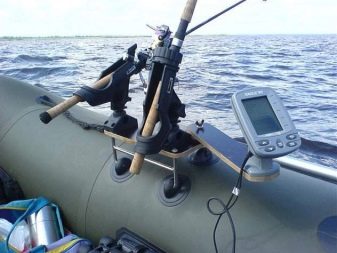
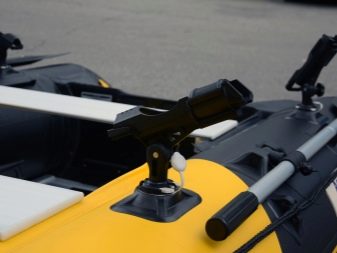
The key disadvantage of ready-made holders is their cost.. From the point of view of financial costs, home-made spinning holders will be the best option. For self-production of such gadgets, skills, minimal effort and time costs will be required. In particular, we are talking about the presence of:
- product drawings (you can easily find it on numerous specialized sites and thematic forums);
- relevant tools;
- source materials;
- desire to achieve results.


Stands can be made of different materials, taking into account the wishes and financial capabilities of the boat owner. Having decided on the independent manufacture of devices, it will be necessary to decide on the materials. For the most common option, you will need:
- plastic pipe, the diameter of which is 50 mm, length - 1 m;
- perforated metal corner 2 cm wide;
- plastic ties (10 and 20 cm);
- clamp.

The process of making fixtures is as simple as possible and includes several steps, namely:
- the prepared pipe is cut with a hacksaw into 4 pieces 25 cm long;
- from below, holes are drilled in the resulting elements, into which clamps will then be passed;
- clamps assemble all components of the system, the basis of which is a perforated corner.
The manufactured holder is characterized by maximum reliability and ease of installation. With the help of a clamp, it is securely fixed to the seat or transom. Among other things, this design requires minimal maintenance.
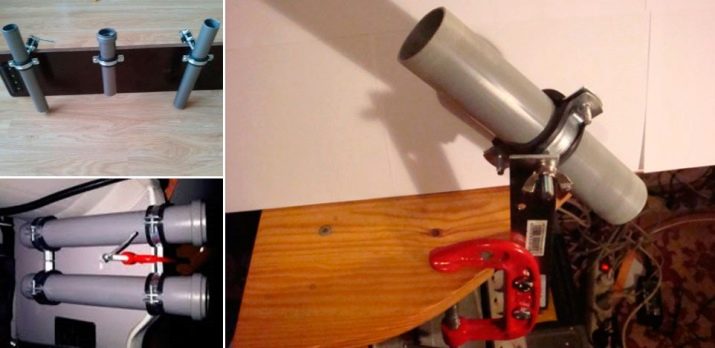
Another fairly popular option is stand-holder, made of reinforcement and fixed with a conventional clamp. As practice shows, such devices are optimal for float gear and so-called donoks. Their main feature is the ability to change the inclination of the front, which allows you to choose the most convenient angle. Before starting work, you need to prepare:
- meter piece of reinforcement;
- clamp for secure fixation of the product;
- electric welding;
- bolts with M5 thread;
- electric drill and drills;
- core;
- a hammer;
- primer, paint and brush.
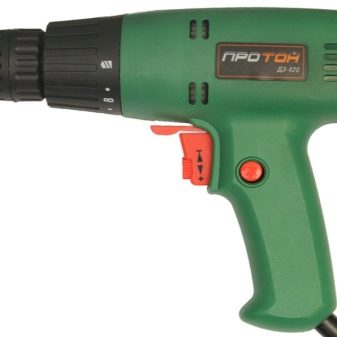
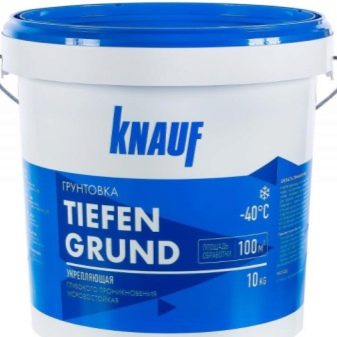
Particular attention in this case should be paid to the quality processing of all metal parts. Taking into account the characteristics of the operation of the device, it is necessary to take measures to protect the fittings and fasteners from corrosion.
Very often, targas are installed on boats, which have a large number of so-called seats for different rods. They can also be made by hand. When deciding on such a step, it should be remembered that such a rack with glasses is adjusted to the dimensions of a particular watercraft. Before making a working drawing, you will need to determine the width of the boat using a construction tape measure. An equally important parameter is the height of the future structure.

Many experienced fishermen and owners of inflatable boats, when choosing a material, prefer stainless steel pipes: the risk of corrosion is completely eliminated and product maintenance is simplified as much as possible. The diameter of the glasses will directly depend on the size of the handles of the rods used. The procedure for making a reliable and convenient targa is as follows:
- guided by the prepared drawing, a blank is made from a pipe using a pipe bender and an angle grinder (grinder);
- the ends of the pipe are flattened and holes for fixing bolts are drilled in the resulting sites;
- all prepared elements are welded at a certain angle;
- welding seams are carefully processed;
- the finished product is mounted in the place allotted for it.

How to fix?
Most of the devices used to equip an inflatable PVC boat for fishing are mounted using adapters. These elements, in turn, are simply glued in the chosen place so that the subsequently placed gear does not interfere with the control of the craft. Often, boat owners install several adapters, which allows you to quickly change the position of spinning rods and fishing rods in the process of fishing.
The described method of mounting stands is used for both purchased and home-made fixtures. The second option can be implemented by pre-attaching the adapters, for example, to a plywood sheet impregnated with a water-repellent solution. The very basis of the structure is planted on a special glue in a predetermined most convenient place.

There are several approaches to the installation of holding stands on modern inflatable watercraft made of PVC.
- Using bolted connections. A similar method is relevant if the boats have appropriate holes for fasteners. Unfortunately, such elements are present only on wooden and plastic boats.
- With the use of screws (self-tapping screws). This technology is applicable to all types of boats, including inflatables, because the restraints are securely attached to the seats or transoms. However, this method of installation has 2 significant drawbacks. First of all, the fasteners used damage these parts of the boat. In addition, such connections inevitably loosen and weaken over time, which can lead to loss of the rod.
- clamps, which cause much less damage to transoms and seats made of wood or plastic. But, unfortunately, this option is not without certain disadvantages. The location of the supports on the seats creates certain inconveniences, and the installation of holders on the transoms can interfere with the control of the boat.
- In addition, stands of any design can be glued to the craft in the most convenient place, taking into account the wishes of the owner. This option is the best solution for PVC products. It should be borne in mind that modern adhesive mixtures are able to provide the most durable and durable connection. At the same time, certain difficulties may arise in the process of folding, transporting the boat, in the design of which the described changes were made.
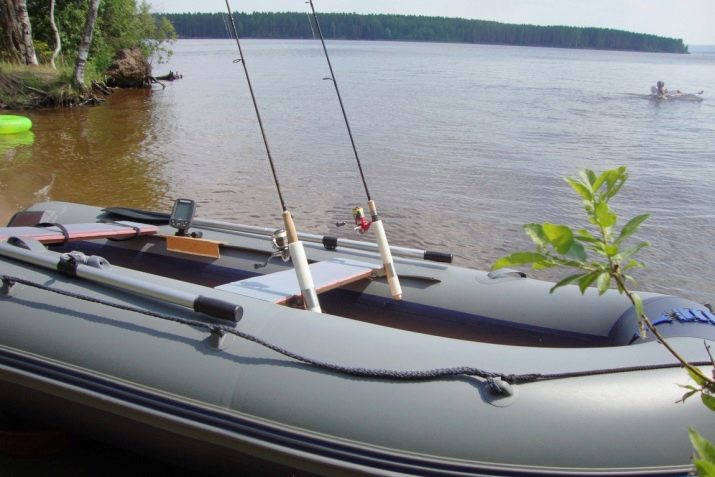
How to make a holder for fishing rods with your own hands, see the following video.






















